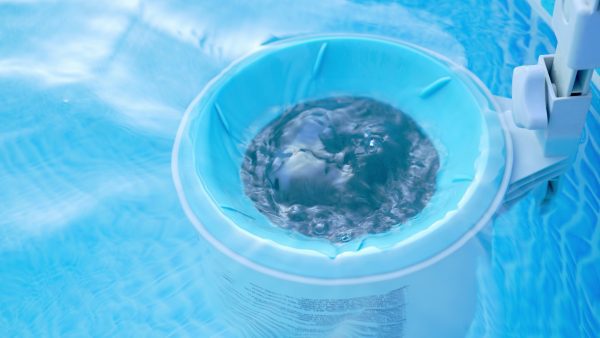Discovering a tear in your pool liner can be a cause for concern for any pool owner. Whether the tear is small or large, addressing it promptly is essential to prevent further damage and ensure the continued enjoyment of your pool. In this blog post, we’ll provide a comprehensive guide on what to do if you find a tear in your pool liner, including steps to assess the damage, temporary solutions to prevent water loss, and options for repair or replacement.
1. Assess the Damage:
The first step is to assess the extent of the tear and determine whether it can be repaired or if the liner needs to be replaced. Carefully inspect the area around the tear for any signs of stretching, pulling, or additional damage. Small tears or punctures may be repairable, while larger tears or extensive damage may require professional intervention.
2. Temporarily Patch the Tear:
If the tear is small and manageable, you can temporarily patch it to prevent water loss and further damage until a permanent solution can be implemented. Options for temporary patches include waterproof tape, vinyl patch kits, or pool liner repair patches specifically designed for underwater use. Apply the patch carefully and securely over the tear, ensuring a watertight seal.
3. Monitor Water Levels:
After patching the tear, monitor the water level in your pool closely to ensure that the patch is holding and preventing water leakage. If you notice a significant drop in water level or continued leakage despite the patch, it may indicate that the tear is larger than initially thought or that additional repairs are needed.
4. Consider Professional Repair or Replacement:
For larger tears or damage beyond simple patching, it’s advisable to seek professional assistance from a pool repair technician or installer. They can assess the extent of the damage, recommend appropriate repair options, and perform the necessary repairs or replacement of the pool liner. Professional repair ensures that the job is done correctly and effectively, minimizing the risk of future issues.
5. Prevent Future Damage:
Once the tear has been repaired or the liner replaced, take steps to prevent future damage and prolong the lifespan of your pool liner. Avoid sharp objects or rough surfaces that could puncture or tear the liner, and be cautious when handling pool equipment or accessories near the pool walls. Regularly inspect the pool liner for signs of wear, damage, or deterioration, and address any issues promptly to prevent further damage.
Conclusion:
Discovering a tear in your pool liner can be a stressful experience, but with prompt action and proper repair techniques, you can address the issue effectively and ensure the continued enjoyment of your pool. By assessing the damage, temporarily patching the tear, and seeking professional assistance if needed, you can restore your pool liner to optimal condition and prevent future damage. Remember to monitor water levels closely and take precautions to prevent future tears or damage, ensuring that your pool remains a source of relaxation and enjoyment for years to come.
